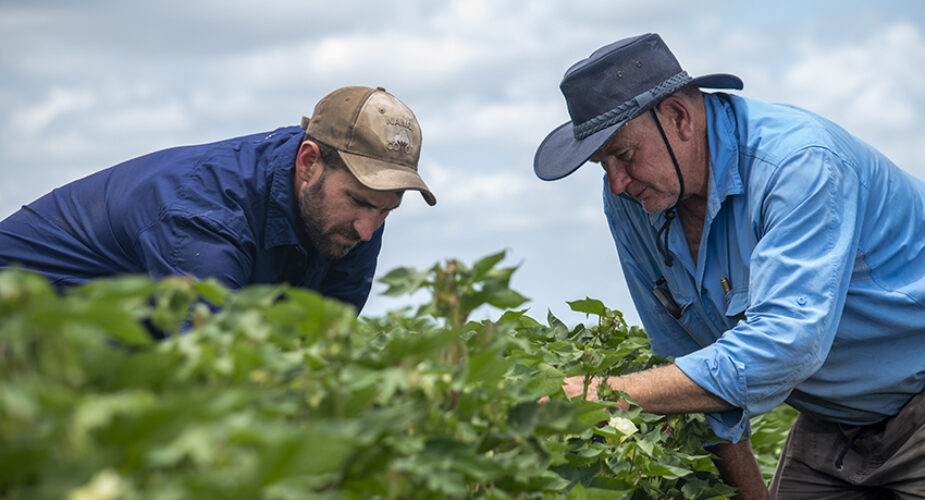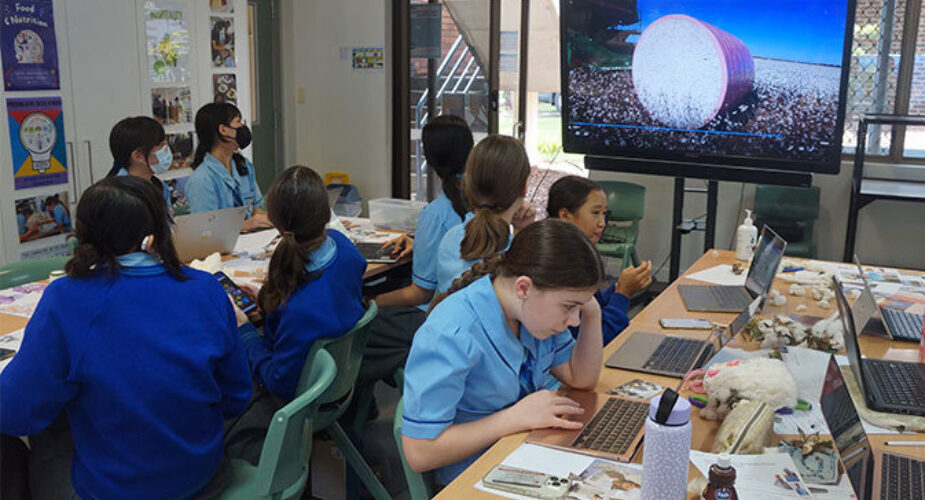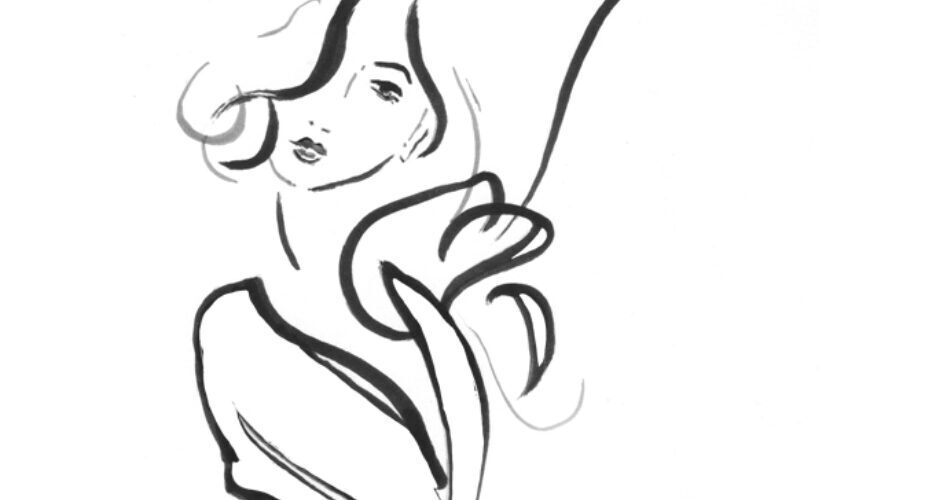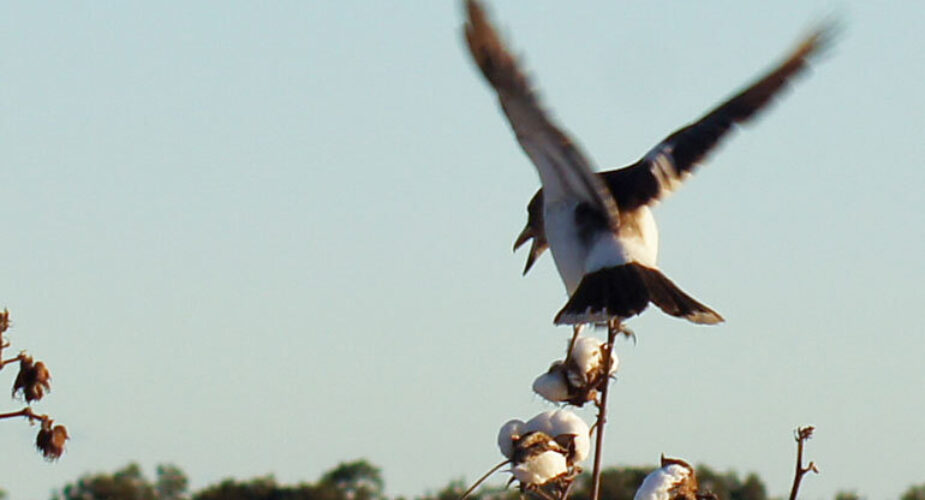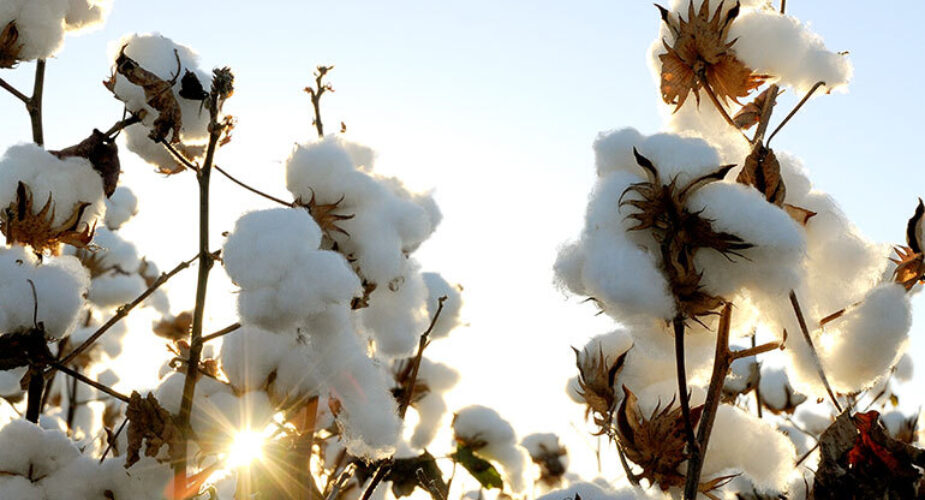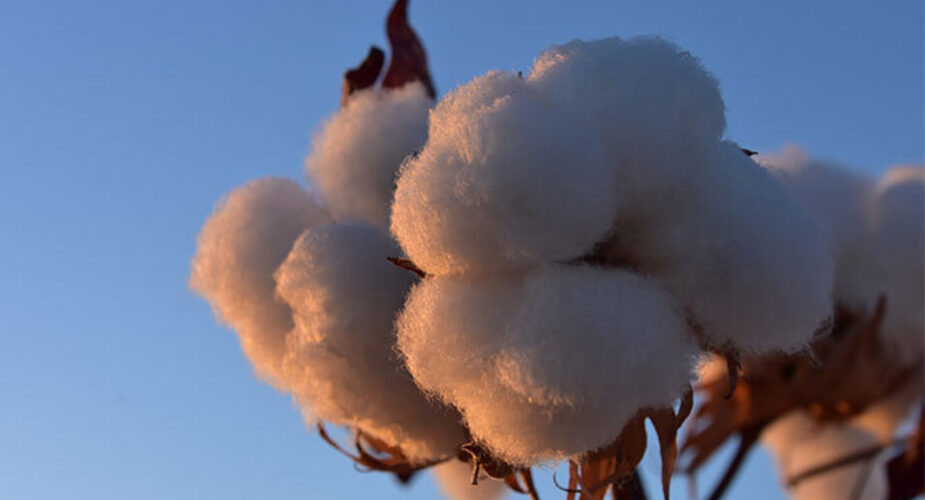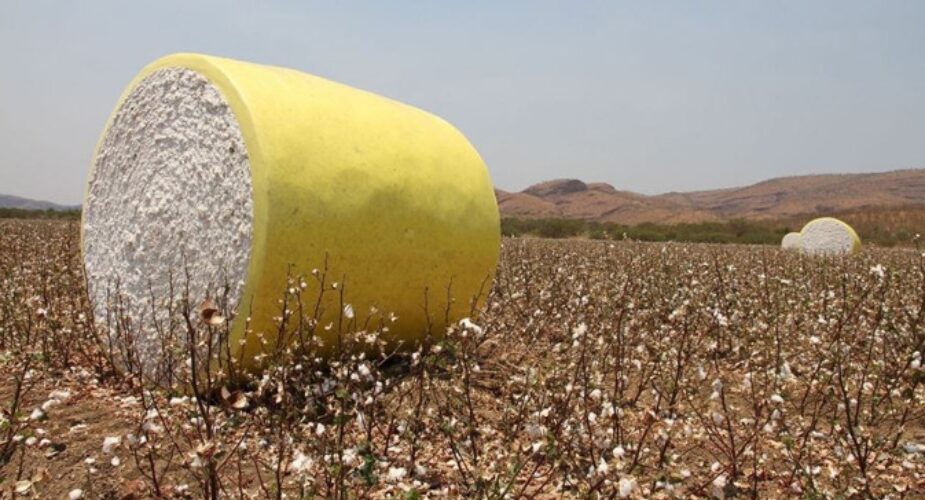Cotton Australia resources - Secondary
Data Driven Cotton Crops – Lesson & Activity Guide
Who: Years 7 – 10 Design and Technologies, and Science. Value to Agriculture and Primary Industry students.
What: Students will investigate the variables that affect cotton production and explore the ways in which data collection and analysis can help to improve yield rates and increase profitability. They will plan and conduct a scientific investigation to observe the impact of a chosen variable on cotton plant growth. After analysing the results of this investigation, students will further explore the role of scientific data collection in crop management on a global, national, and local scale. They will engage with real-world scenarios showcasing how precision agriculture technologies are used to collect and manage this data.
Australian Curriculum V9: Design and Technologies, and Science
Publisher: Cotton Australia and Primary Industry Education Foundation Australia 2025
Sustainable Practices myBMP – Lesson & Activity Guide
Who: Years 7 – 10 Design and Technologies, and Science. Value to Agriculture and Primary Industry students.
What: Through multimedia resources and structured research, students will engage with Best Management Practices (BMPs), evaluate their practical applications, and design a brochure showcasing the Australian cotton industry's commitment to long-term viability and environmental stewardship.
Australian Curriculum V9: Design and Technologies, and Science
Publisher: Cotton Australia and Primary Industry Education Foundation Australia 2025
What Do You Need to Grow a Cotton Crop? – Lesson & Activity Guide
Who: Years 7 – 10 Design and Technologies. Value to Agriculture and Primary Industry students.
What: Students learn about cotton's vital role as a renewable, biodegradable natural fibre. They will differentiate between natural and made fibres, identifying their distinct characteristics and applications in the textile industry. Students will analyse the optimal abiotic and biotic resources required for successful cotton production and cultivation, recognising their influence on both the quality and quantity of cotton yield.
Australian Curriculum V9: Design and Technologies
Publisher: Cotton Australia and Primary Industry Education Foundation Australia 2025
What Do You Need to Grow a Cotton Crop? – Lesson & Activity Guide
Wrapped in Cotton: Resource Set 1
Who: Fashion Applied Senior Syllabus and Textiles & Design. Value to students across all design and creative industries.
What: Wrapped in Cotton provides actionable resources to help you navigate your students into the circular fashion economy as fashion users and designers. Explore sustainable fashion design processes from fibre to fashion. Make conscious choices at each stage by planning for garment durability and end of life, so that garments can feed back into regenerative systems. Wrapped in Cotton includes dynamic resources such as video, websites, research, and case studies.
Australian Curriculum: Aligned with Fashion Applied Senior Syllabus and Textiles & Design
Wrapped in Cotton: Resource Set 2
Who: Fashion Applied Senior Syllabus and Textiles & Design.
Australian Curriculum: Aligned with Fashion Applied Senior Syllabus and Textiles & Design
Publisher: Emma Bond for Cotton Australia
- Teacher Guide
- Wrapped in Cotton Set 2: Lesson and slide deck
- Print Design and brief student worksheet
- Canva: Why and how to use
- Making a seamless print: Instructions
- Making a seamless print: Video
- Repeating your seamless print: Instructions
- Repeating your seamless print: Video
- Rendering your seamless print: Instructions
- Rendering your seamless print: Video
- Fashion templates
Australian Cotton: Following the thread (NSW)
Who: NSW Technology Mandatory Years 7-8
What: The aim of this unit is to help teachers and students in secondary schools investigate how cotton is produced in managed environments and source information and resources about how the characteristics and properties of cotton and cottonseed determine how these products can be used. Students develop knowledge and understandings about how cotton is grown, produced and processed in managed environments. Students also investigate and explain how both cotton and cottonseed oil have certain characteristics and properties that determine how they can be used. Using ‘design and production skills’ students design either a cotton muslin bag or an infused cottonseed oil with a detailed label design that educates consumers about how it was produced.
NSW Curriculum: Agriculture and food technologies
Publisher: FutureGen Education for Cotton Australia
Australian Cotton: Following the thread (National)
Who: Years 7-8
What: The aim of this unit is to help teachers and students in secondary schools investigate how cotton is produced in managed environments and source information and resources about how the characteristics and properties of cotton and cottonseed determine how these products can be used. Students develop knowledge and understandings about how cotton is grown, produced and processed in managed environments. Students also investigate and explain how both cotton and cottonseed oil have certain characteristics and properties that determine how they can be used. Using ‘design and production skills’ students design either a cotton muslin bag or an infused cottonseed oil with a detailed label design that educates consumers about how it was produced.
Australian Curriculum: Food and fibre production and food specialisations
Publisher: FutureGen Education for Cotton Australia
Research case study - A Comparison of Arthropod Communities in Transgenic Bt and Conventional Cotton in Australia
Who: Year 11 and 12 HSC Ag
What: This research case study (PDF) allows HSC students and teachers of stage 6 agriculture to analyse a research study of the development and/or implementation of one agricultural biotechnology in terms of: design of the study, methodology of the study, collection of data for the study, presentation of data, analysis of the data , conclusions and recommendations. It is useful for the Farming for the 21st century Elective 1 research study on the implement.
NSW Syllabus: Agriculture Stage 6 syllabus H 4.1 Applies appropriate experimental techniques, technologies, research methods, data presentation and analysis in relation to agricultural problems and situations.
Author: This was written by Cotton Australia in 2013 for schools . The original research upon which this is based is by Louise Lawrence, Mary Whitehouse, Lewis Wilson and Gary Fitt and published in Outlooks on Pest Management in October, 2005. The article is reproduced in this document by permission of Research Information Ltd.
Primezone - Secondary
Primezone
- Farm diaries
- Out and about on farms
- A year on a farm
- Farms have distinctive features
- Farms and people’s connections to them
- Investigating food and fibres
- Discovering past methods of food and fibre production
- Finding Farms
- Investigating technologies in agriculture
- Exploring sustainable practices in food and fibre production
- PIEFA STEM Challenge


